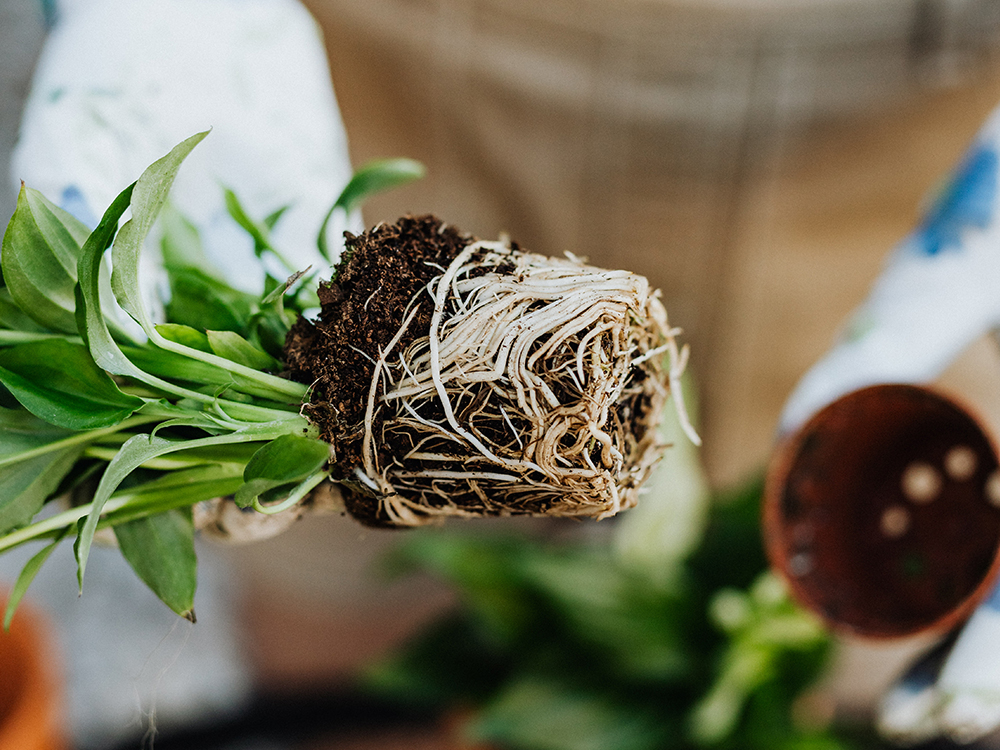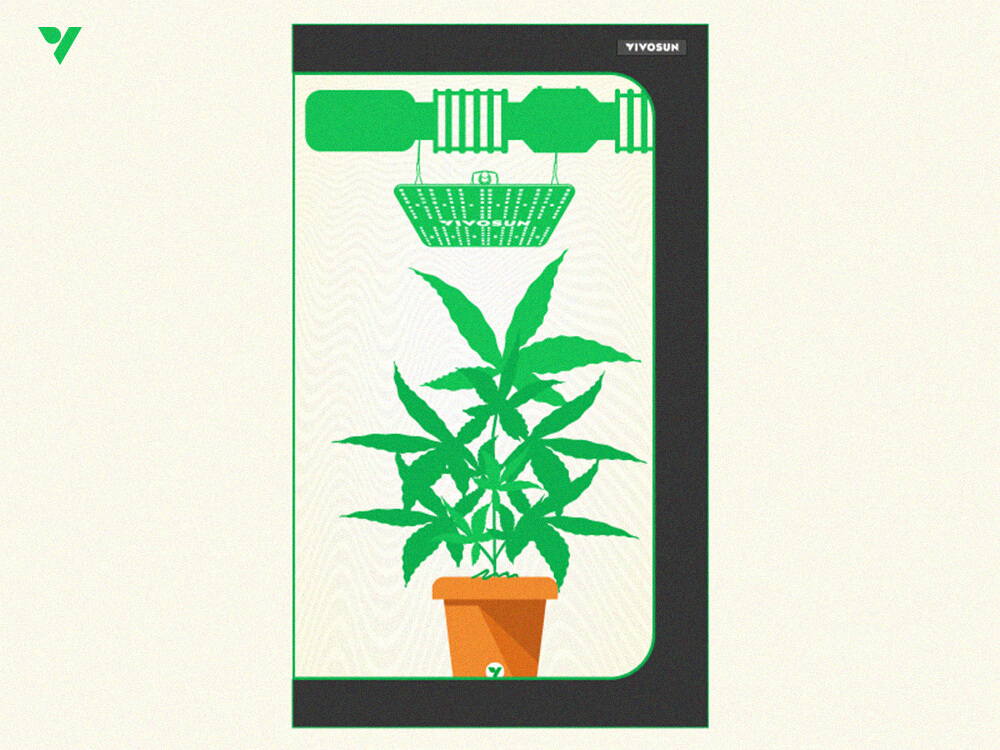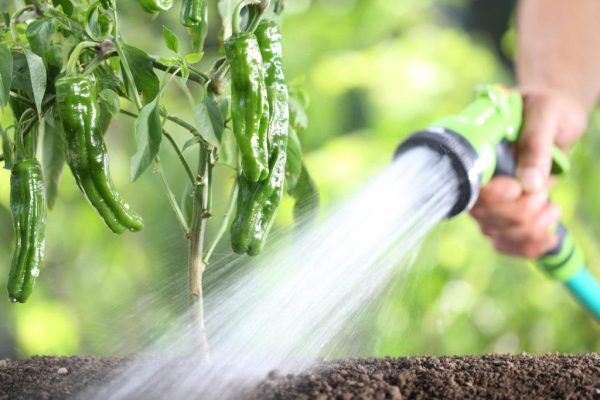
When we look at our plants or pick out already grown pots at the store, it’s easy to tell whether they’re healthy or not—healthy plant leaves are stretched and brightly colored. But the most direct way to tell if a plant we grow ourselves is healthy is to look at its roots: healthy plant roots are the foundation of everything, without which our plants cannot grow, mature, and be ready for harvest. We have to learn how to tell the difference between healthy plants roots and unhealthy plant roots.
What Do Healthy Roots Look Like
Color
Healthy roots should be white or light brown in color, some species of plant roots are white color to even translucent. Older plant roots may be tan, but never dark brown or black—these colors often indicate that your roots are unhealthy.
Form
Healthy roots are very firm to moderately firm to the touch and are neither hard to bend nor easily broken. They dig deep into the soil to get the nutrients that plants need to grow. If we plant in grow bags, the roots of the plant will follow the rim of the pot, keeping the shape of the pot in the soil.
What Do Unhealthy Roots Look Like?
Color
Healthy roots are all alike while unhealthy roots are different colors. Black means your roots may be necrotic. Necrotic roots are more vulnerable to attack by pests and diseases.
Gray-Brown indicates root rot. Such roots are mushy, soft in texture and have a foul-smelling liquid coating them. This usually happens when there is too much moisture in the root system caused by over-watering, which causes soil to become waterlogged, poorly drained, and prone to root rot.
In addition to these two colors, reddish-brown and purple roots also indicate unhealthy manifestations. When your roots take on a color other than white you should be wary of them being sick.
Form
Just having white roots does not indicate health, there are other things you’ll need to look at. If the white roots of your plants exhibit the following conditions, they also have health problems.
1) Enlarged roots
If your roots are larger than normal you may be overfeeding your plant. Overfeeding can cause a myriad of problems: nutrient lockout, nutrient burn, and even pathogens that feed on both the excess nutrients and the roots themselves.
2) Over-bunched roots
Plants are also unhealthy when there are too many fine root hairs clumped together—this will make your plant fragile. A too dense roots system is not conducive to absorbing water.

How do I Maintain Healthy Cannabis Roots? (And other roots, too!)
Water and fertilizer are key to maintaining a healthy plant root system.
Plants need water in the same way that humans need water when they are thirsty. When we are thirsty, we will find water by ourselves; plants can’t speak verbally but they do give you signals about how they’re feeling, so we need to observe the signs of thirst. First, observe the color of the soil.
When the soil becomes dry, the color will lighten. When the soil moisture is completely dry, the leaves of the plants will become curled and yellow. The best time for watering is during this process. When watering, feed it at the bottom of the pot directly into the soil and not on the leaves, this way excess water will flow out and will reduce rot. Be sure not to overwater—this is usually more deadly to new growers than underwatering.
Another is factor is fertilizer. We need to reduce the frequency of fertilization when winter comes, or when plants enter a stage of slower growth, and increase it when the plant will be flowering. If your plants are of a variety that is prone to Sudden Death Syndrome in hot summers, reduce or even do not fertilize during summer at all. Keep your plants watered but don’t overfeed them—if any health problem comes up (such as fungus), make sure you treat the space with fungicide.
Wrap-up
Indoor growing requires a lot more attention to detail even with unseen parts like roots—whether your roots are strong and healthy determines whether your plants can grow well and whether we will have a good harvest. When a seed starts to germinate, we need to pay attention to the growth of the root system. Now that you know how to judge whether the root system of your plant is healthy, as long as you check it regularly, your plant will thrive.
If you have any questions, please don’t hesitate to reach out to us!
And be sure to check out our other blog posts for useful tips on becoming a great grower!
Subscribe to the VIVOSUN newsletter for growing tips, grower stories, and special offers, and get 12% off your first order!
We love the new VIVOSUN Smart Grow System and we are certain that you too will love it once you try it.
And join our Facebook farmer’s community for even more exclusive contests and prizes!
Download VIVOSUN App to get 18% off and explore more information!






